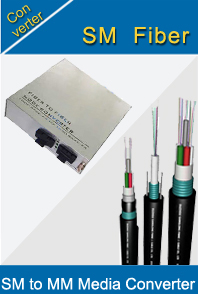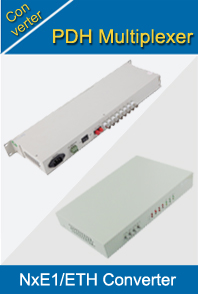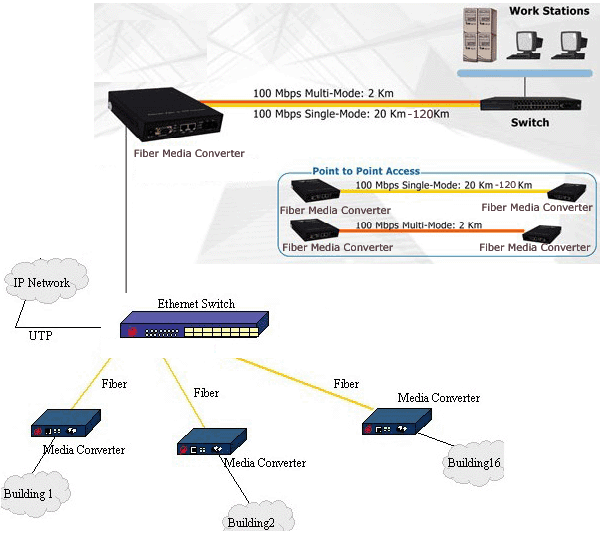-

- Sopto Home
-

- Special Topic
-

- Converter Knowledge
-

- Is V. 24 protocol compatible with RS232?
Converter Knowledge
- Form Factors and Application of Ethernet Media Converter
- Ethernet over 4 E1 Converter Brief Introduction
- What is the Difference between RS232 and RS485 Serial Interfaces
- What is the Difference between RS232 and RS485 Serial Interfaces
- How to Convert an Analog Telephone to VoIP Protocol?
- How to Find the Internet Protocol Address and Media Access Contr
- How to Convert from Fast Ethernet to Fiber Optics?
- How to Connect a Fiber Converter?
- How to Convert Ethernet to Fiber Media Converters?
SOPTO Special Topic
Certificate



Guarantee
Except products belongs to Bargain Shop section, all products are warranted by SOPTO only to purchasers for resale or for use in business or original equipment manufacturer, against defects in workmanship or materials under normal use (consumables, normal tear and wear excluded) for one year after date of purchase from SOPTO, unless otherwise stated...
Return Policies
Defective products will be accepted for exchange, at our discretion, within 14 days from receipt. Buyer might be requested to return the defective products to SOPTO for verification or authorized service location, as SOPTO designated, shipping costs prepaid. .....
Applications
An Ethernet to Fiber Media Converter can also be used where there is high level of electromagnetic interference or EMI which is a common phenomenon found in industrial plants. This interference can cause corruption of data over copper-based ethernet links. Data transmitted over fiber optic cable however is completely immune to this type of noise. An Ethernet to Fiber Optic Converter therefore enables you to inter-connect your copper-ethernet devices over fiber ensuring optimal data transmission across the plant floor.
SOPTO Products
- Fiber Optic Transceiver Module
- High Speed Cable
- Fiber Optical Cable
- Fiber Optical Patch Cords
- Splitter CWDM DWDM
- PON Solution
- FTTH Box ODF Closure
- PCI-E Network Card
- Network Cables
- Fiber Optical Adapter
- Fiber Optical Attenuator
- Fiber Media Converter
- PDH Multiplexers
- Protocol Converter
- Digital Video Multiplexer
- Fiber Optical Tools
- Compatible
Related Products
Performance Feature
Converter Knowledge
Recommended


Is V. 24 protocol compatible with RS232?
In effect CCITT V.24 is the equivalent European version of the RS-232 rev E standard. The only changes from prior versions (RS232 rev C and D) are minor. E.g. they added an option for a 26 pin connector (and pin 26 is unused, so it's basically just the 25 pin connector in a different format). All RS-232 devices should talk to V.24 devices and vice-versa.
Rev C spec's a max cable length of 15m. Rev D & E changed that to a max capacitive load of 2500pF. Rev D imposed a maximum rise time through the transition region of 5us or 4% of the bit time. Rev E just says 4% of the bit time. There is a 30V/us max slew rate.
E1 to V.35 or V.24 Protocol Converter
Just to be clear, and I think you already know this, technically, there is *no* RS-232 standard showing how data bits are related to signal levels, and never will be because RS-232 is a level-zero = "physical" level standard. It defines wires, voltages, pins, etc... What travels on that layer, the level-one or "transport" layer, is something else again. Asynchronous serial at a given baud rate is only *one possible* transport layer. Others are Bi-Sync, Manchester, HDLC/ NRZI etc. However, when most people say "RS232" they are talking about both the electronics AND the timing, meaning, etc... of the signals.
So both V.24 and RS232 actually only define the electronics, but some people will "disambiguate" by saying V.24 when they are talking about just the electronics, and RS232 when they are talking about async serial over V.24.
For more information, please browse our website.





.jpg)